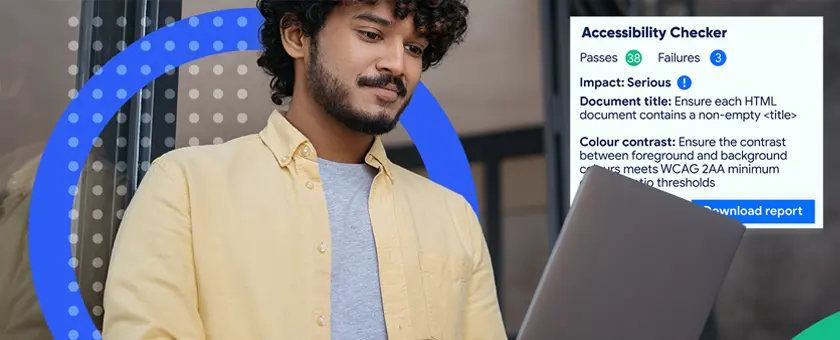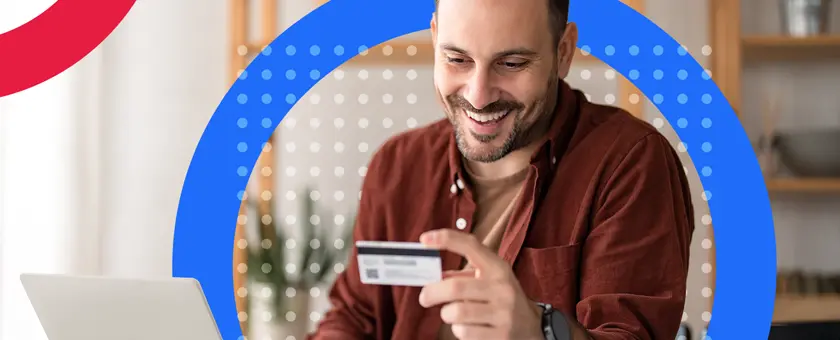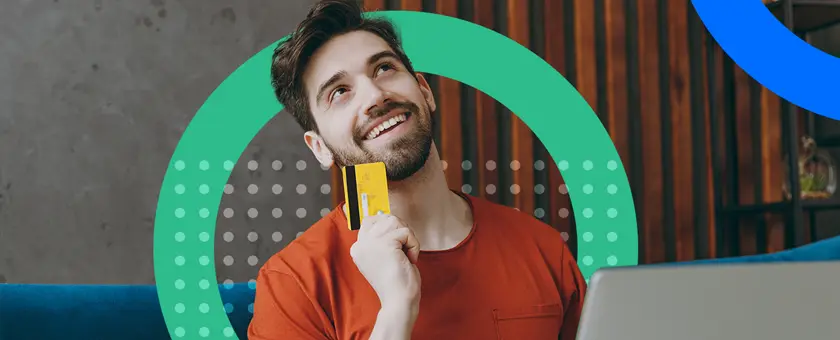Some may say that eCommerce was the only winner from the pandemic. With the world forced online, brands had to be available to customers digitally, with most brands rising to the occasion fulfilling their online stores and creating engaging online experiences to interact with their customers.
Many then thought the high street was dead. Some brands with physical stores did lose out and sadly iconic brands such as Topshop or Debenhams just to name a few, were forever lost from our high-street shopping trips.
But to sit and think eCommerce is the only winner I think is underestimating what customers actually want.
I recently listened to a webinar from The Future Laboratory, a forward-thinking, trends and consumer insights consultancy, who were providing insights into Retail’s Future, and in particular the rise to the stores.
They started their presentation by stating that stores are stepping up and filling the void that eCommerce can’t.
So what is that void they say that eCommerce can’t fill, but customers want?
I’ve explored three insights that the Future Laboratory provided on where they see stores have the turning advantage.

1. The physical touch
As humans, we thrive off utilising our senses of see, taste, touch, and smell. So having an environment that can arouse any number of these senses – such as a physical store – can be seen as an advantage. But also, with many households now feeling the pinch, their spending may become more frugal.
Therefore, confidence to seamlessly buy online, without having seen, felt, touched or tried an item may become less of the norm. This is where The Future Laboratory described their first future insight as ‘Try before trading’.
However, there are many eCommerce brands that can offer things such as trial periods with products.
For example, Eva Sleep a thriving online retailer selling everything to help you with a good night’s sleep, with mattresses being a core product in their offering, offers their customers 1 year to test and trial their new mattress with the option to return the mattress within that period if they don’t love it.
Although this long trial period is great, you could argue that all online retailers already offer returns policies where it’s an assumption that customers try their products on at home, and have the option to keep or return for a refund if not suitable.
I believe that stores do have an advantage with the ability to excite multiple senses at once and offer a level of reassurance to a customer before they make an actual purchase.
However, this might be more effective for those companies who need to work on brand building and making a lasting impact.
Whereas those customers who are already aware of an online brand, and probably already purchased from them before, I believe will stick with the speed and convenience of ordering online.
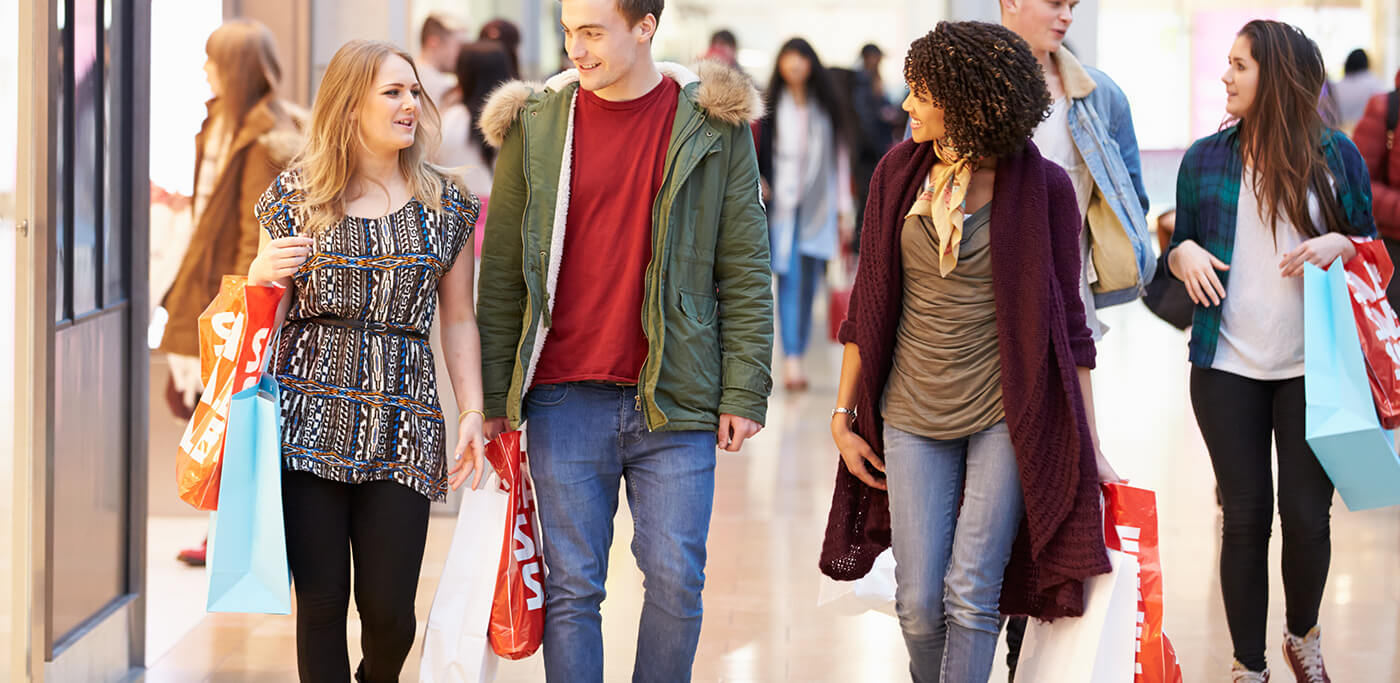
2. Going beyond shopping
Shopping online has developed a certain attribute for 24/7 availability but secretly customers can get bored easily and they want something that goes beyond just having an outlet to buy a particular item or service.
Customers are craving an experience, something to remember your brand by, but also something worthy of them wanting to part with their hard-earned cash.
That’s why brands must go beyond and create what The Future Laboratory coin as ‘Venues with benefits’. Areas where you can create connections and make customers feel the experience.
This is where physical stores can excel. They can offer the customer something extra on top of basic transactional shopping whether that be entertainment, wellness, beauty or food to name a few.
Taking the customer journey from simply walking instore to make a purchase, to giving them an experience, something different or unexpected, so they truly start to associate affinity with your brand.
eCommerce brands do have the opportunity to think out of the box too. They have a virtual venue, so how can they make the digital experience exciting or at best unforgettable?
We often talk about how brands should be driving digital experiences that are seamless to the customer (recognising customers across devices or channels), focused on convenience (helping the customer make their purchase or retrieve the information they want in minimal steps), or personalised (using your customer data to ensure that your messaging and campaigns are truly relevant to the individual).
But surely these are well-known eCommerce strategies in full adoption, so how can brands offer an ‘online experience with benefits’?
This might see a greater move to work with complementary partners to offer customers something additional, or unique such as virtual events accessed via the website… A lot of room for out the box ideas to flourish here.

3. Customer empathy to go local
When many brands struggled through the pandemic there was – more than ever – a noticeable shift to support your local community. People were noticing the impact on local shops, and local jobs which reshaped many customers’ views, not only in regards to where to shop, but also brands that acknowledged how they had an impact on their community.
This is where The Future Laboratory defined the third future insight as ‘Neo Collective Centres’. There is nothing better than walking down your local high street and seeing local businesses thriving.
Physical stores have the ability to offer a human touch, making them more personable – and to some – more inviting. We all know the example of back in the day your parents would wander down to the local fruit and veg store, the owner would know them by name, ask about their family, and know exactly what items they’d want to purchase.
You can’t beat that level of what I would call ‘personable personalisation’.
Online brands are replicating this online, many with successful personalisation strategies driven by rich customer data, however sometimes you just can’t beat that human interaction, which not only local but physical stores overall have as their USP.
But if customer behaviour is changing to focus on the local, that doesn’t mean eCommerce solely loses out. Quite a few local stores nowadays in fact have eCommerce sites that they most likely would have had to launch as a result of the pandemic.
So going local can still be online. And you could argue that online you have the ability to collect more insights into your customer behaviours which allows you to use that information at scale to provide a better experience to more customers at once, than a handful in a store.
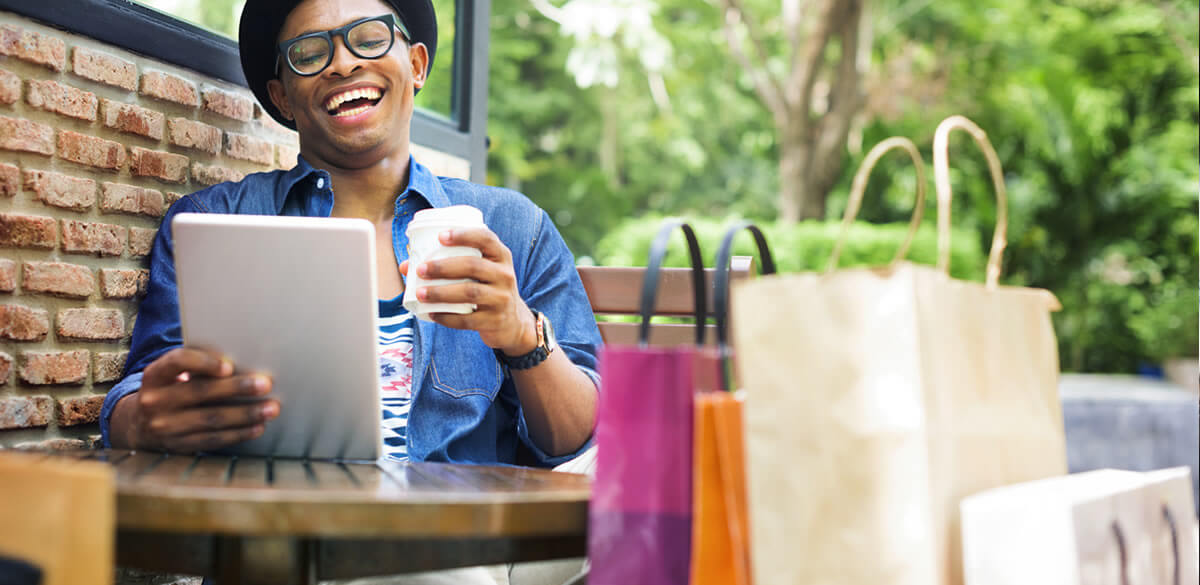
The omnichannel approach – online and offline can work together
Throughout this I’ve compared a physical store to an online one, however I don’t see them as separate channels in competition, but both as different channels that can work in harmony to cater to customers’ needs.
Whatever way your brand operates, we all have the same goal to deliver the best experience. This is when it boils down to truly understanding your customers.
Some may want speed, and convenience and would happily shop online from the comfort of their sofa. Others will want to explore and make a day out walking down to your local high street or around a bustling shopping centre.
The key is simply to make it personalised (and personable if possible), relevant, seamless and exciting so that your customer returns – as loyal customers are really the key to any brand’s success.


